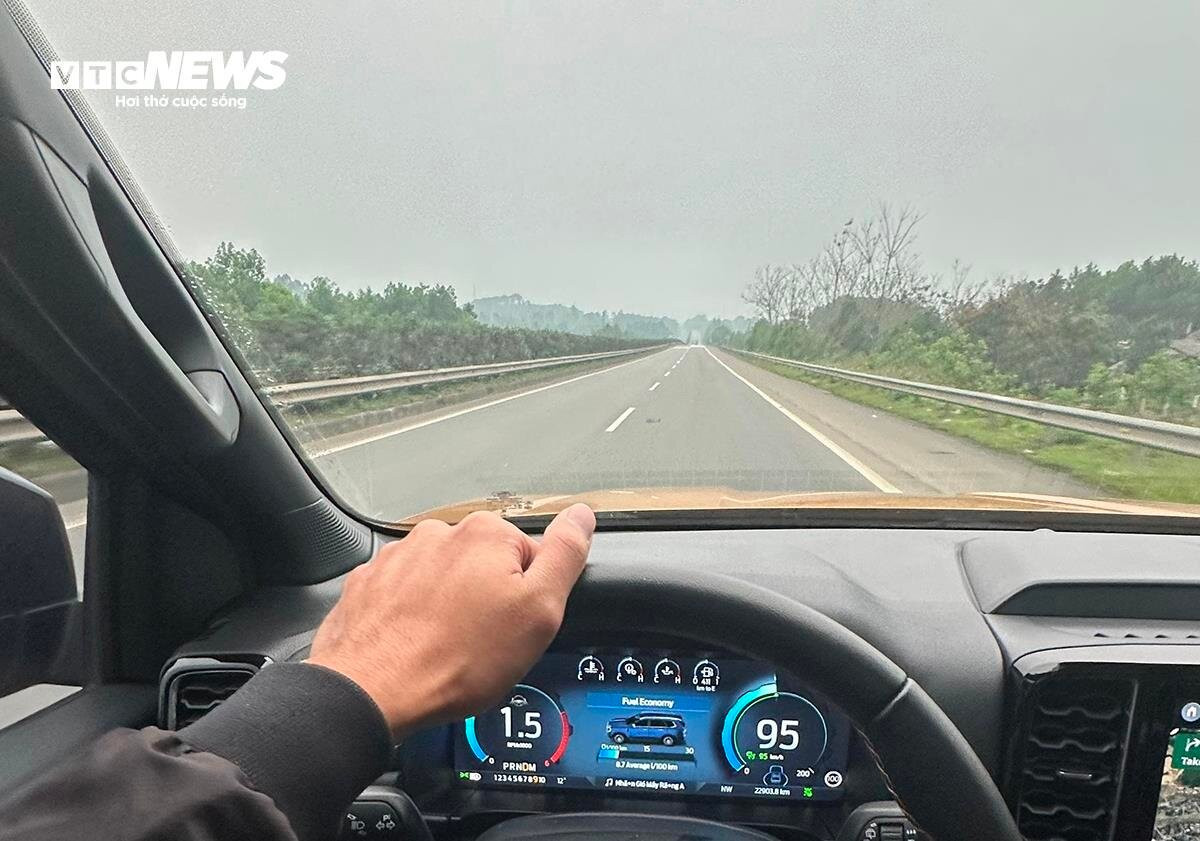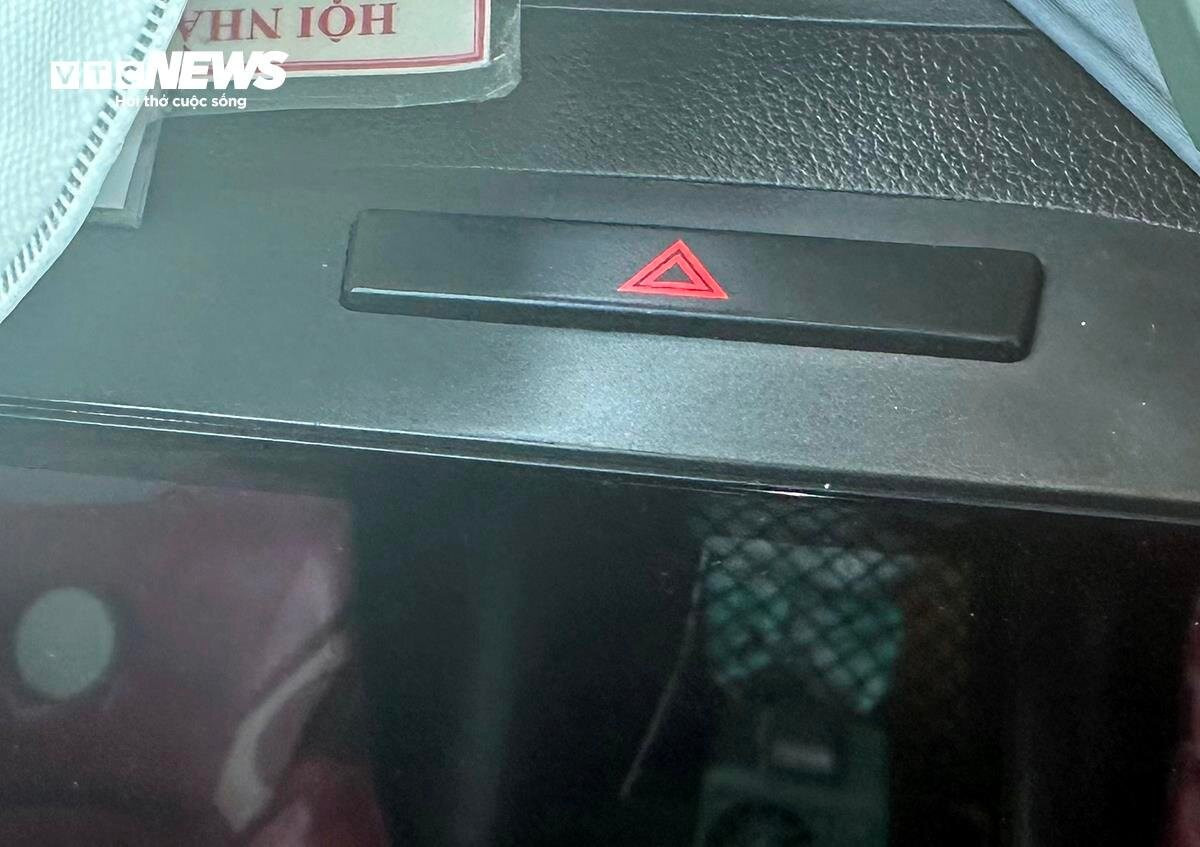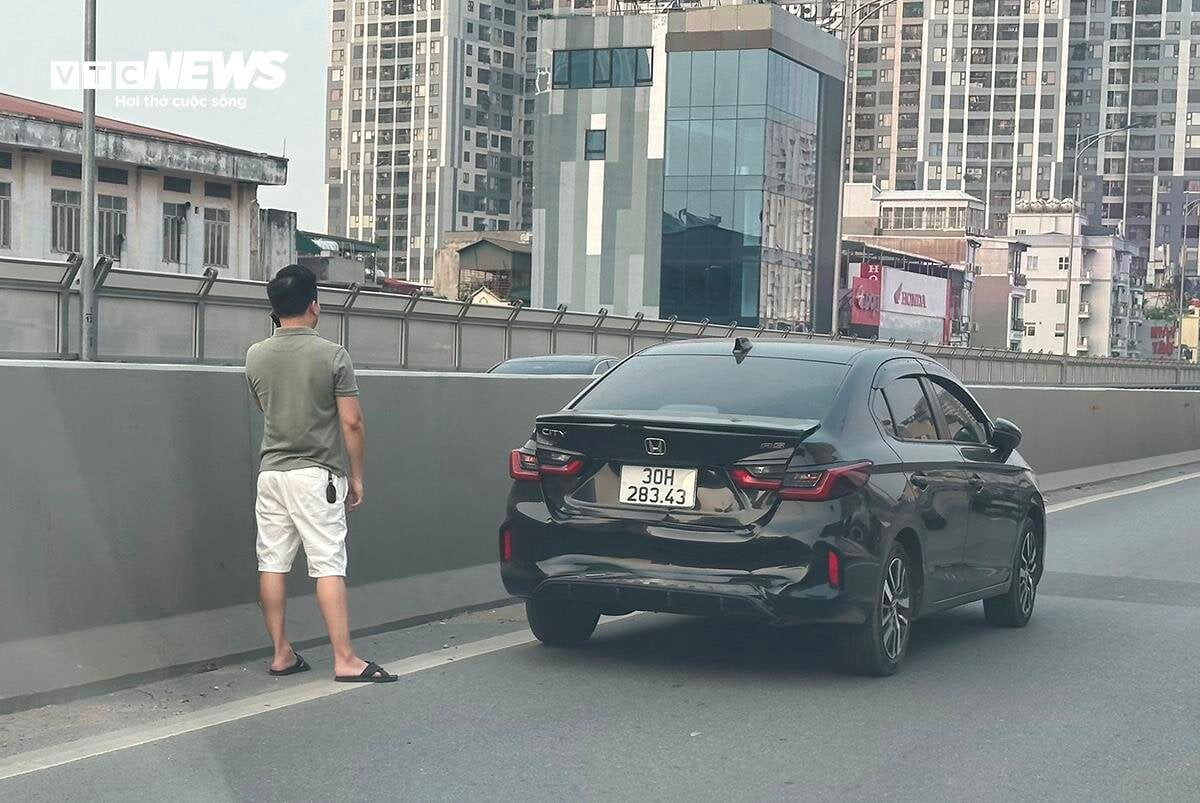Stopping and parking on the highway in an emergency can be potentially dangerous if drivers do not follow these rules.
Stop only in the emergency lane.

When participating in traffic on highways, if there is an accident due to vehicle malfunction or collision with another vehicle, drivers should quickly stop the vehicle in the emergency lane.
This lane is designed to help vehicles in case of an accident to pull over and stop without affecting traffic. The emergency lane is the rightmost lane and is marked by a solid line 1.2.
When moving into the emergency lane, drivers need to pay attention to other vehicles and turn on the warning signal so that other vehicles can slow down or give way, this helps ensure traffic safety.
Turn on the Hazard warning lights when stopping/parking
After putting the car in the emergency lane, drivers need to quickly turn on the triangular hazard lights on the car to warn surrounding vehicles that their car is having a problem.

In addition, if there is a reflective triangle in the vehicle, drivers should place it behind the rear of their vehicle at a distance according to QCVN 41:2019/BGTVT. Specifically, if the average operating speed of the vehicle is 50 km/h or more, the distance from the sign to the vehicle having an accident is from 150 to 250 m.
Do not let passengers stand on the highway
After stopping the vehicle, people not involved in the vehicle should leave the highway and stand far behind the median to avoid possible unfortunate accidents.

Drivers should also pay attention and avoid stopping at blind spots or bends. Instead, choose straight roads with wide visibility so that other vehicles can easily see.
With the above safety rules, we hope drivers can limit unfortunate accidents that may occur when stopping on the highway to handle emergencies.
TH (according to VTC News)